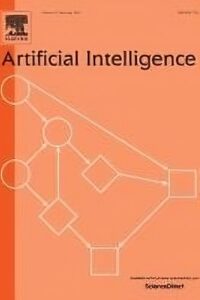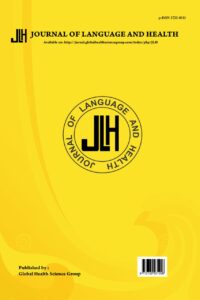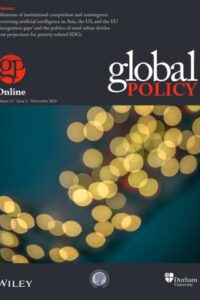A witness to the perpetual success of al-Ghazālī’s (d. 505/1111) Iḥyāʾ ʿUlūm al-Dīn (“Revival of the Religious Sciences”) is its exceptionally rich reception history, with dozens of epitomes and commentaries produced over the centuries, from a variety of schools and perspectives. It has also received a lot of criticism through the centuries, among others on its use of unreliable ḥadīth material. This chapter focuses on the reception of the Iḥyāʾ in the Ḥanbalī tradition of Baghdad and Damascus, with the epitomes of Ibn al-Jawzī (d. 597/1201) and Ibn Qudāma (d. 689/1290) at its centre. I argue that their criticism on his use of unreliable aḥādīth on virtuous acts (faḍāʾil al-aʿmāl) was among their main motivations for composing their epitomes. Although their epitomes were not very influential in the premodern tradition, and their criticism of unreliable ḥadīth on virtue ethics were still an exception, this changed with the publication in print of Ibn Qudāma’s epitome in 1928 in Damascus, meant for a larger audience. The relatively larger interest in ḥadīth criticism in the twentieth century and the popularisation of Islamic knowledge also influenced the adoption of stricter ḥadīth criteria in other twentieth-century epitomes from Syria, aimed at a lay audience in more Sufi-oriented circles.
Ḥadīth and Ethics through the Lens of Interdisciplinarity
Narrations on Virtuous Acts in Epitomes of al-Ghazālī’s Iḥyāʾ



